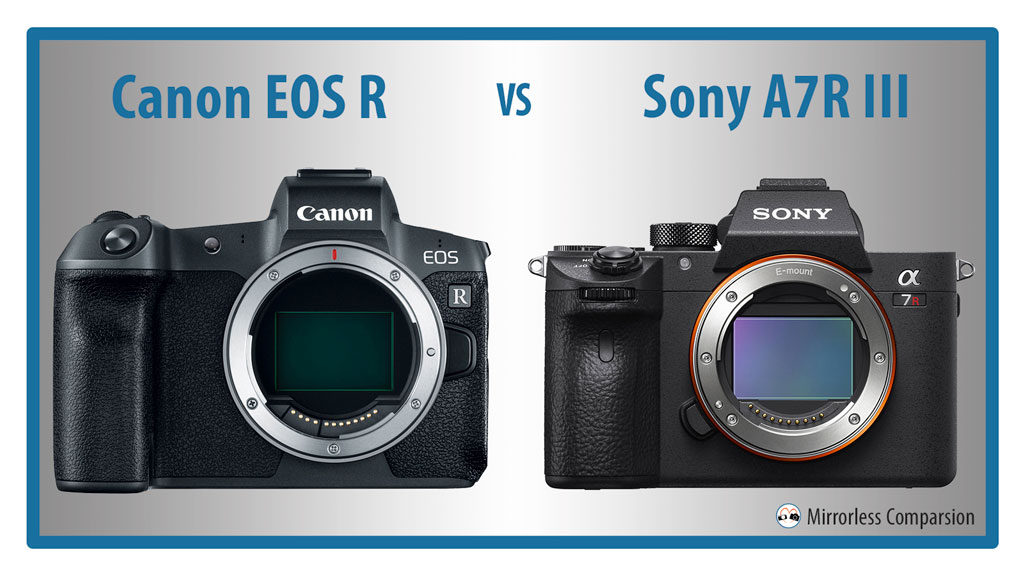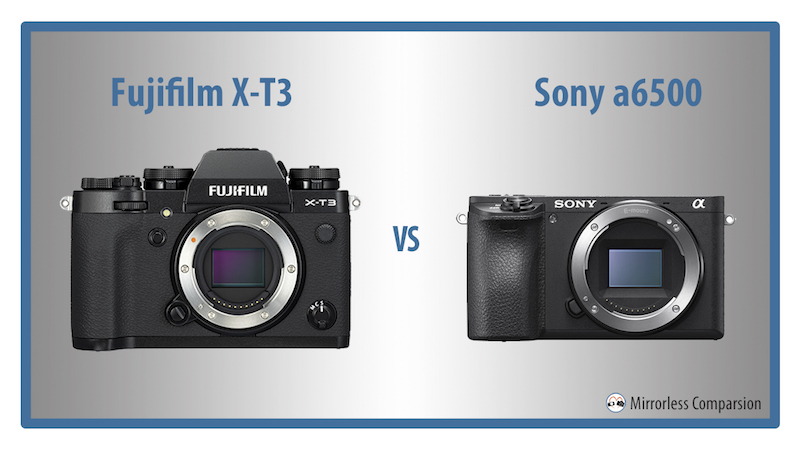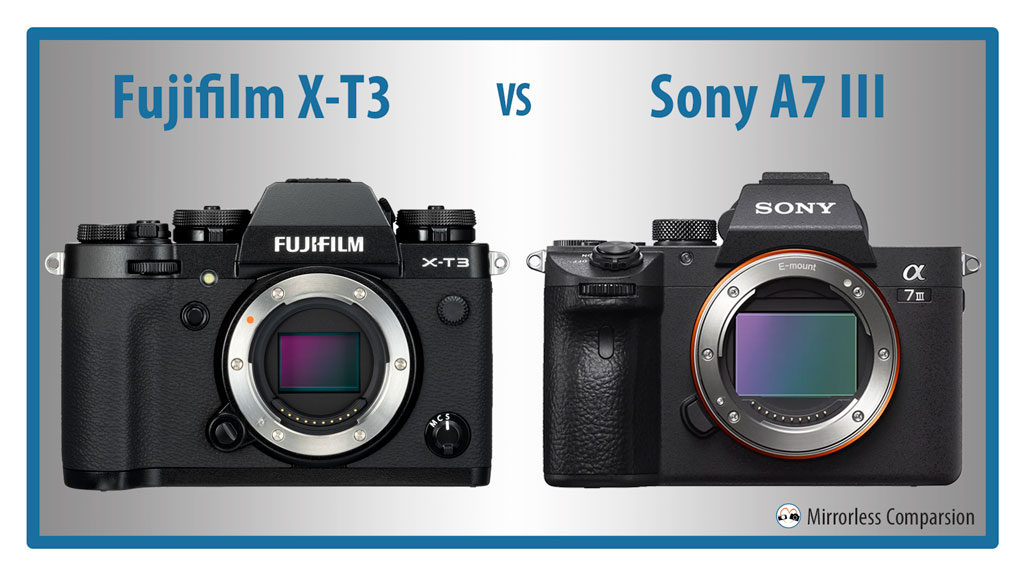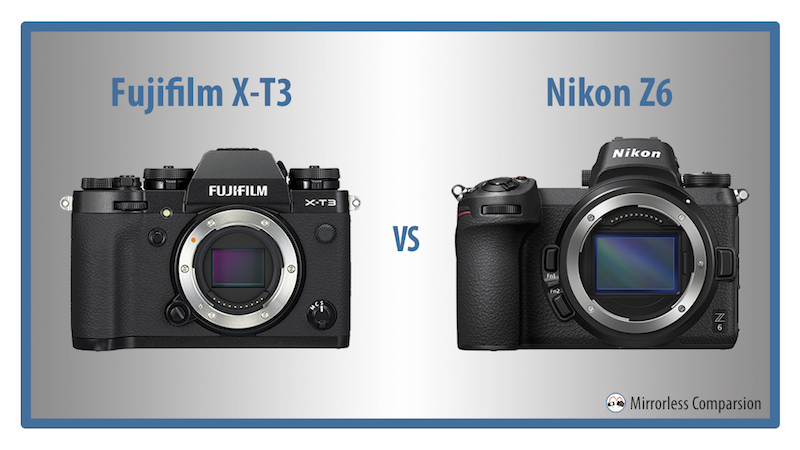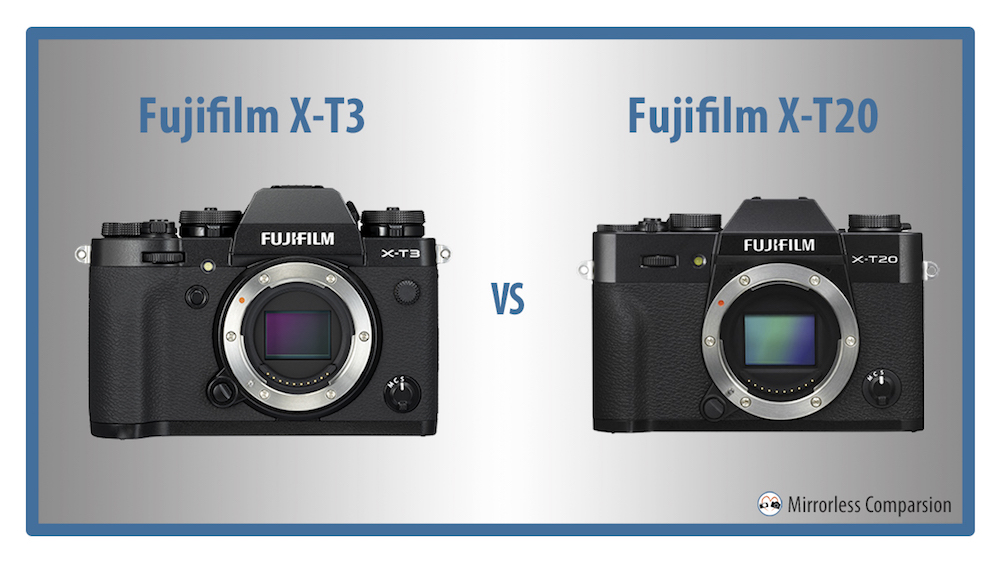The success of the Sony A7 series caused many of us to wonder when Nikon and Canon, two of the biggest players in the digital industry over the last decade, would join the battlefield as direct competitors to Sony. Even though both brands have already released mirrorless systems (the discontinued Nikon 1 series and Canon EF-M), a 35mm sensor solution seemed imminent given the rise in popularity of the full-frame E-mount.
Preview
Fujifilm X-T3 vs Sony a6500 – The 10 Main Differences
In September 2018, Fujifilm announced the successor to its incredibly popular X-T2 model, the X-T3. It was the first of many “third generation” mirrorless cameras to hit the market this year, featuring not only a more powerful sensor and capable autofocus system but also stunning video capabilities that outdo even those of the two heavy-hitters, Panasonic and Sony.
Fujifilm X-T3 vs Sony A7 III – The 10 Main Differences
Fujifilm has come a long way since the release of its first interchangeable-lens mirrorless camera, the X-Pro1, having worked hard to improve the performance of its products by eliminating weak points such as slow autofocus and poor video capabilities and preserving the user-friendly design so many of us have come to love.
The X-T3 lifts the X Series to a new level of maturity. In some ways it surpasses the competition thanks to its impressive video capabilities (including 4K/60 10-bit internal recording), a new advanced autofocus system and a true blackout-free live view (the second model after the Sony A9 to manage this). These features combined make this APS-C camera one of the most advanced on the market today.
The A7 III is Sony’s most popular camera to date as it inherits many qualities from the flagship cameras. Its image quality, video and autofocus have all become a reference on the market and its affordable price tag makes it very competitive within the full frame/35mm segment.
Fujifilm X-T3 vs Nikon Z6 – The 10 Main Differences
Two mirrorless cameras that were announced close together in late 2018 were the Nikon Z6 and the Fujifilm X-T3. The former inaugurates the full-frame Nikon Z mirrorless system along with the high-resolution Z7, whereas the latter represents a massive step forward for Fujifilm’s X series in terms of speed, autofocus …
Fujifilm X-T3 vs X-T20 – The 10 Main Differences
The new X-T3 is the most advanced X-T camera to date, boasting impressive specifications such as a new X-Trans sensor, advanced video specifications, an updated hybrid autofocus system and impressive continuous burst speeds to name a few.
So why would we consider comparing it to the X-T20, which is not only close to two years older than the X-T3 but also a rung below in the hierarchy of X-T cameras?

